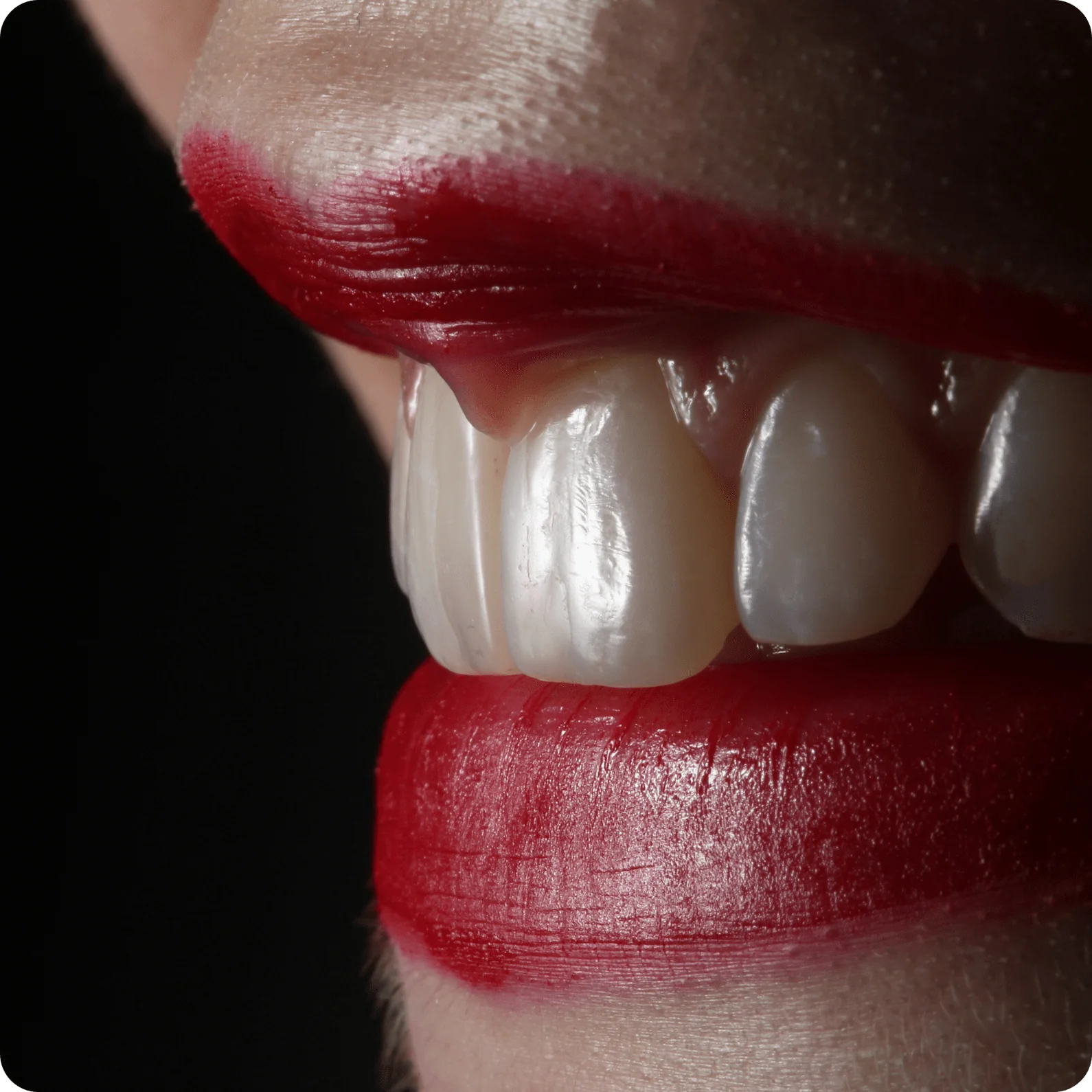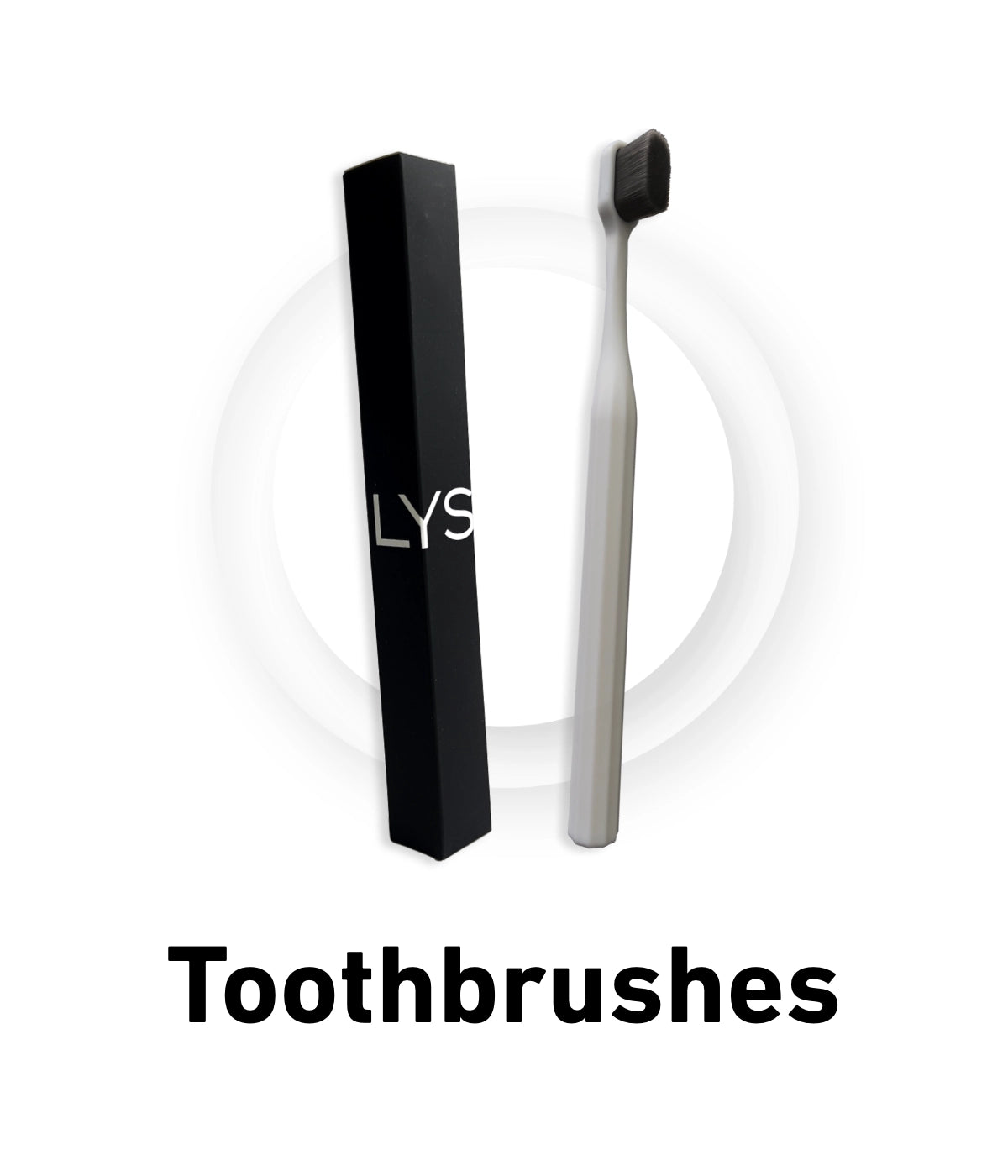Bleeding gums are a problem that affects up to 70% of the population. Unfortunately, it is not a marginal problem, but often a symptom of gingivitis, which, if neglected, can lead to periodontal disease. What is the treatment for gingivitis and can bleeding gums be avoided? What about bleeding gums in pregnancy?
How to recognize gingivitis?
Painful gingivitis (gingivitis) is often a precursor to periodontitis. If left untreated, it can lead to bigger problems that can end up in tooth loss. Therefore, it pays to pay sufficient attention to your gums.
What are the symptoms of gingivitis?
Red and swollen gums, which are often soft and sensitive to the touch.
Often the gums bleed and smell unpleasant.
Gingivitis is caused by bacteria in dental plaque. Insufficient removal of this leads to redness of the gums, which fight the bacteria. Bleeding gums are also a concomitant.
Diabetics, elderly patients, hormonal contraceptive users or people who are treated with corticosteroids are especially prone to gingivitis. Smokers are also at risk, in whom gingivitis is not necessarily associated with bleeding because nicotine constricts blood vessels. Unfortunately, this is by no means positive, as overlooking this warning sign can in turn lead to neglect at the onset of the problem and lead to periodontal disease.
Is inflammation always the cause of bleeding gums?
Spontaneous bleeding gums can manifest themselves by spitting blood during brushing, but traces of blood can also be found when biting into an apple. Gingivitis is not always the cause of bleeding gums. However, it is a warning sign that is worth paying attention to and visiting the dentist as soon as possible to discuss what helps with gingivitis and how to get rid of bleeding gums.
Bleeding gums are also common in pregnancy, caused by hormonal changes. In this case, brushing your teeth thoroughly with a soft toothbrush and using a toothpaste specifically designed for bleeding gums will help. Mouthwash for gingivitis can also be a good addition to care.
Some people may also be concerned about bleeding gums when brushing between the teeth, but this is certainly no reason to stop mechanically cleaning the teeth and interdental spaces. On the contrary, neglecting care in this case is likely to lead to a worsening of the condition. What works for gingivitis, on the other hand, is proper brushing technique and the use of a suitable interdental and toothbrush.
What is the treatment for gingivitis?
Painful gingivitis is one of the very common difficulties, fortunately, its treatment is simple. In most cases, it is enough to pay more careful attention to brushing your teeth, which will remove plaque and thus the bacteria that cause inflammation. The key is proper brushing technique, using a soft toothbrush with dense bristles, as well as an interdental brush and flossing. A special mouthwash for gingivitis or toothpaste with a higher sodium bicarbonate content can also help.
If the problems persist, it is a good idea to find out what your doctor has to say about gingivitis. Spontaneous bleeding gums or bleeding gums when brushing with an interdental brush is not normal and can lead to periodontal disease and tooth loss if neglected.








